RHS senior horticultural advisor Andy Vernon shares one method he uses to reduce slug and snail populations around his veg without harming them
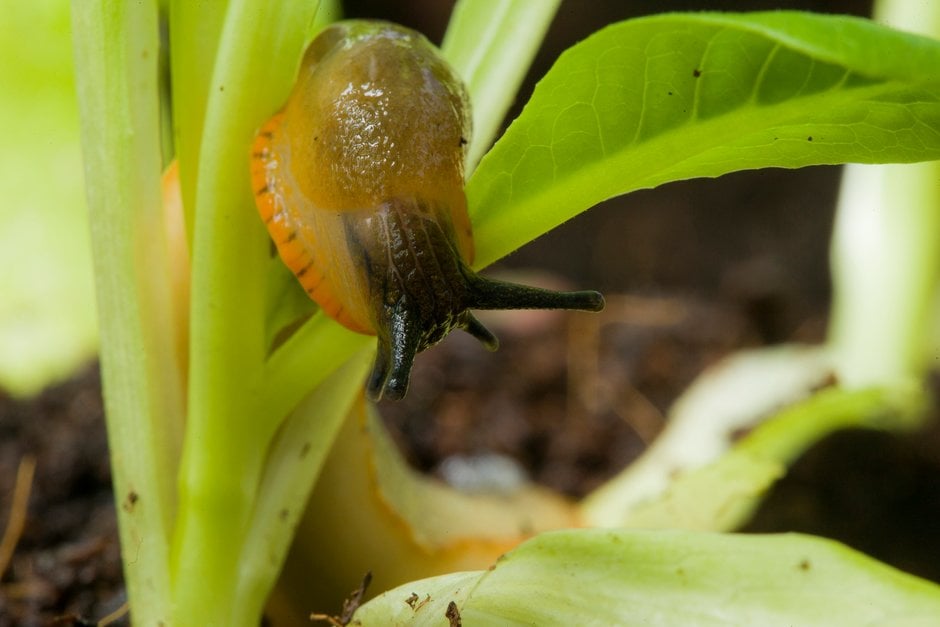
 Last year was one of the most disastrous grow-your-own seasons I have had for some time. Slug and snail numbers reached incredible levels in my Cheshire garden, thanks to a long, wet spring followed by a cool wet summer.
Last year was one of the most disastrous grow-your-own seasons I have had for some time. Slug and snail numbers reached incredible levels in my Cheshire garden, thanks to a long, wet spring followed by a cool wet summer.
I lost so many seedlings and young plants, and many of my ornamentals like daffodils, lupins, hostas, delphiniums, dahlias and zinnias all succumbed. The levels of slug damage at RHS Bridgewater were spectacular too.
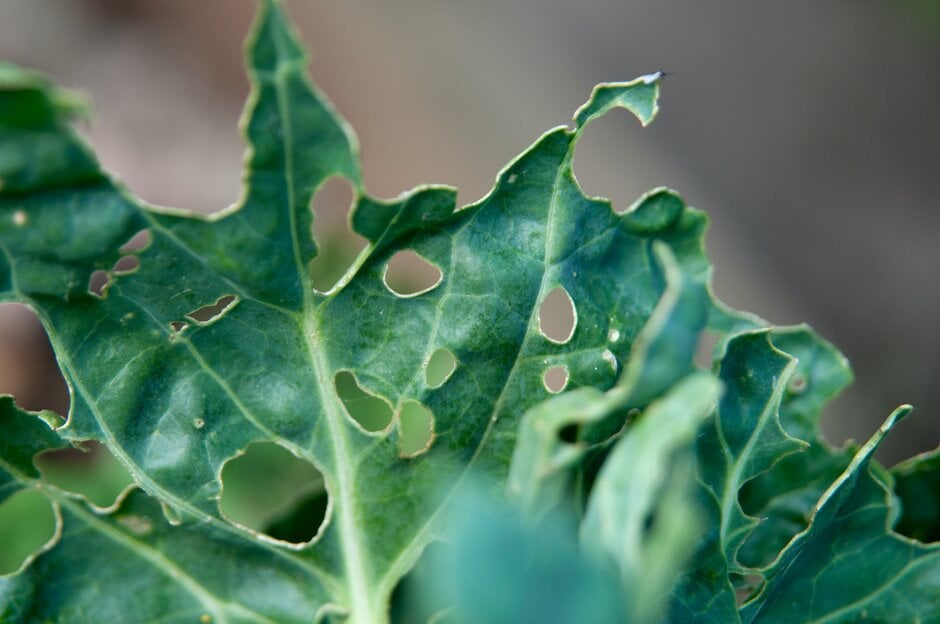
This year, I’m tackling the issue in advance of the main season, hoping to nip the problem in the bud. I’m also revisiting memories of gardening with my grandad in the 1970s. Grandad knew that fruit rinds, with their sweet aroma and moisture, are irresistible bait to slugs and snails. So, on Sunday mornings in early spring, we would go to his allotment with a bucket of rinds of grapefruits and oranges that my nan had saved from breakfasts, to use them as fruity slug and snail lures.
My job was to take my mini plastic bucket and scrape off and collect those that had been charmed by the fruity offerings. The rinds would last many days, so Grandad would visit later in the week to do more slug harvesting. His objective was to reduce the local population, but specifically I suspect he was after the little black keeled slugs that went for his potatoes and root crops. Nothing was wasted in those days. Sometimes the slugs were fed as an occasional treat to chickens, but more often we’d just let them loose in the nearby woods, but well away from his plots.
In February, I started putting out orange rinds in various spots in my north-facing back garden. Each were attracting maybe five, six or seven usually quite small slugs, and I was happy with the results. I searched this slug enticement online and discovered I could be a bit more creative. I decided to switch to something sweeter and set off to the supermarket to buy melons – a galia, a canteloupe and a honeydew.
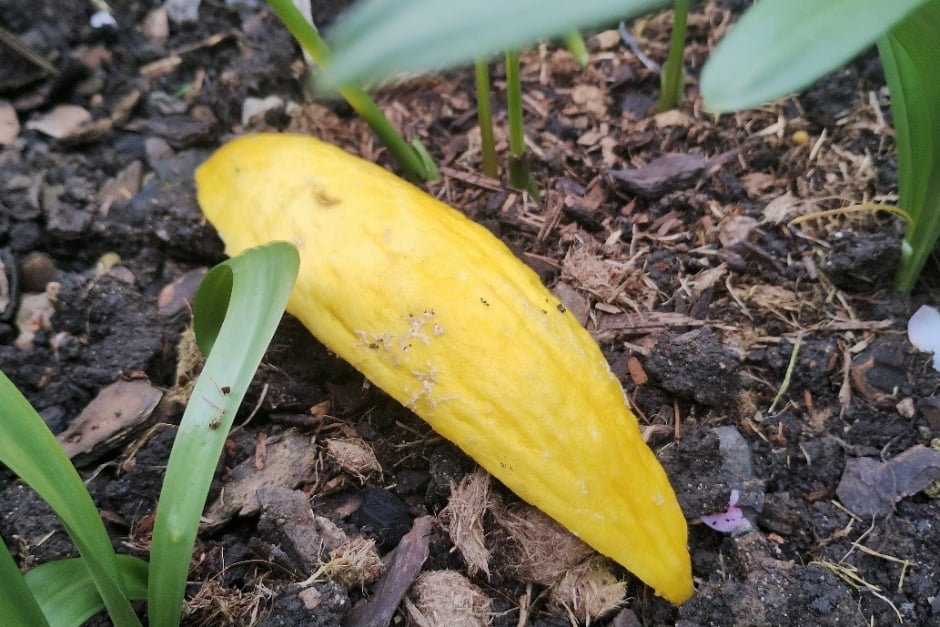 The results so far have been incredible. All types of melon rind seem to be very popular with my garden slug and snails. I’ve lifted them up after just one night in the garden, with the fleshy side touching the soil, and been aghast at just how many small slugs and tiny snails have been caught. Sometimes over twenty on just one strip of melon rind!
The results so far have been incredible. All types of melon rind seem to be very popular with my garden slug and snails. I’ve lifted them up after just one night in the garden, with the fleshy side touching the soil, and been aghast at just how many small slugs and tiny snails have been caught. Sometimes over twenty on just one strip of melon rind!
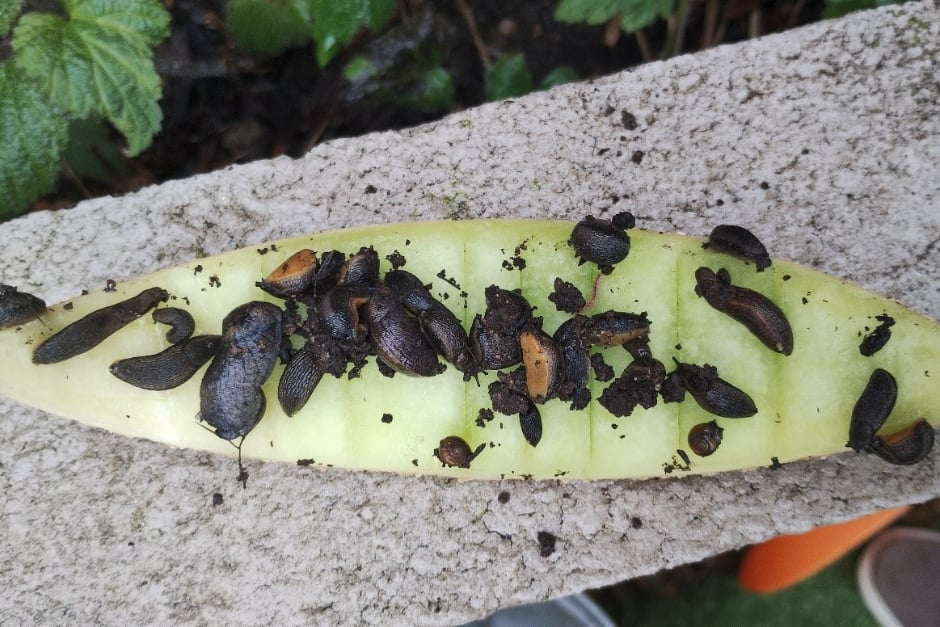 My back garden experiment isn’t very scientific – more than anything, it’s been a trip down memory lane and a bit of fun. But wow, the tiny slugs and snails keep coming. I must have relocated hundreds of them already, so I’m feeling well ahead of things. Like with my grandad, “no slugs or snails were harmed” – just collected. Then they went off in a bag, with me and my elderly Jack Russell, Daisy, on a walk. I released them into some wet grass or leaves in hedgerows, very close to where I live, but hopefully far enough away in snail miles that any attempt at a return journey would take a very long time. If you have a large garden, releasing them in a far-flung corner – perhaps a wildlife area, far from the veg plot – can work too.
My back garden experiment isn’t very scientific – more than anything, it’s been a trip down memory lane and a bit of fun. But wow, the tiny slugs and snails keep coming. I must have relocated hundreds of them already, so I’m feeling well ahead of things. Like with my grandad, “no slugs or snails were harmed” – just collected. Then they went off in a bag, with me and my elderly Jack Russell, Daisy, on a walk. I released them into some wet grass or leaves in hedgerows, very close to where I live, but hopefully far enough away in snail miles that any attempt at a return journey would take a very long time. If you have a large garden, releasing them in a far-flung corner – perhaps a wildlife area, far from the veg plot – can work too.
RHS senior entomologist Dr Hayley Jones, our resident expert on slugs and snails and whose brand new slug handbook for gardeners comes out on 8 May, emphasises that it’s important not to take slugs and snails too far away from your garden, or into any sensitive wild habitats – there are a few non-native slugs in the UK, and we don’t know how any non-native ones might affect wild ecosystems.
Slugs and snails are particularly active during mild, damp weather, so milder winters and early springs can provide ideal conditions. By reducing the population before the growing season takes off, I’m hoping to limit the damage they cause to my garden and crops. So far, melon rinds seem to be the best lure, but grapefruit halves and orange, lemon and lime peel, or similar fruit remnants, also seem to work well.
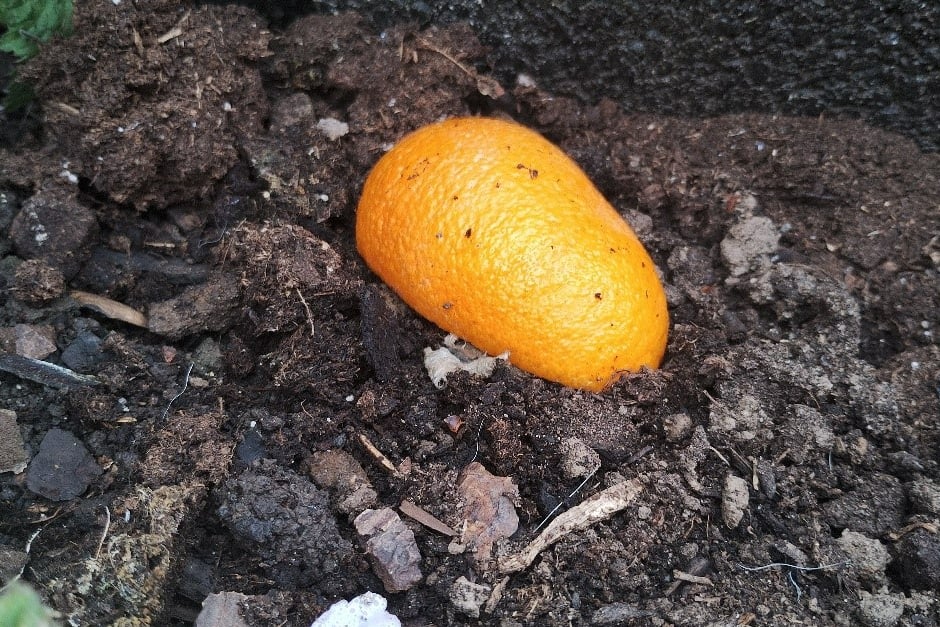 Like my grandad, I place the fruit rinds, with flesh side down touching the soil, in reliably moist, shady areas that slugs and snails prefer. I’ve done this around my vegetable and flower beds, but especially at the base of vulnerable plants. I leave the rinds out overnight and ideally check them each morning.
Like my grandad, I place the fruit rinds, with flesh side down touching the soil, in reliably moist, shady areas that slugs and snails prefer. I’ve done this around my vegetable and flower beds, but especially at the base of vulnerable plants. I leave the rinds out overnight and ideally check them each morning.
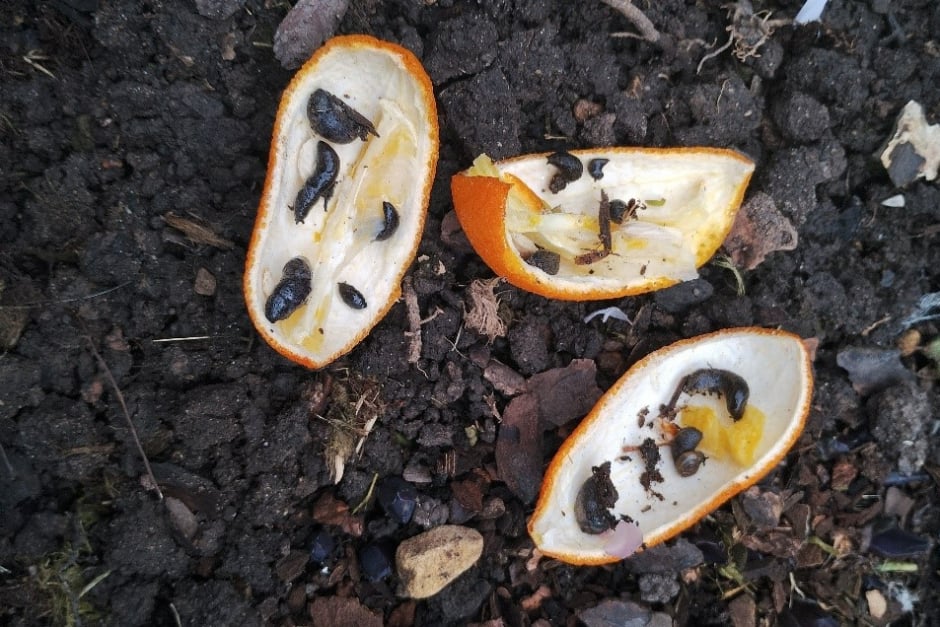 An unexpected outcome is that I’ve come to admire and respect all the different slugs that I am finding. I’ve started to identify the different ones, and discovered our UK slug species are often beneficial. A lot only eat dead plant material and their waste (slug poop!) contributes valuable nutrients to the soil, enriching it and supporting plant growth. So, while they can feel like the enemy to us when they target our home-grown crops, their role as decomposers and nutrient recyclers in our garden’s overall cycle of life, is very valuable. Discover more amazing things you didn’t know in our 10 fun facts about slugs.
An unexpected outcome is that I’ve come to admire and respect all the different slugs that I am finding. I’ve started to identify the different ones, and discovered our UK slug species are often beneficial. A lot only eat dead plant material and their waste (slug poop!) contributes valuable nutrients to the soil, enriching it and supporting plant growth. So, while they can feel like the enemy to us when they target our home-grown crops, their role as decomposers and nutrient recyclers in our garden’s overall cycle of life, is very valuable. Discover more amazing things you didn’t know in our 10 fun facts about slugs.
RHS Slugs: Friend or Foe, packed with all the latest advice, science and insight from RHS Senior Entomologist Dr Hayley Jones is published on 8 May and is available to order here.

You may also be interested in
Pick of the crop
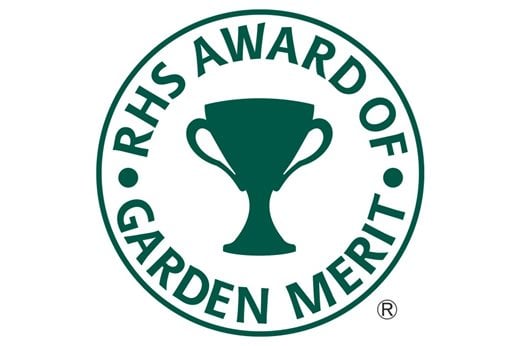 Look for the RHS Award of Garden Merit (AGM) when buying vegetable seed or small plants. You can also download the RHS lists of recommended cultivars.
Look for the RHS Award of Garden Merit (AGM) when buying vegetable seed or small plants. You can also download the RHS lists of recommended cultivars.
About the author – Andy Vernon
Andy is an RHS Senior Horticultural Advisor based at RHS Bridgewater and RHS Harlow Carr, finding ways to make the most of his small garden in rainy east Cheshire.

